Visit at Czartoryski's Museum in Cracow part one
Hello, dear Hivers!
Last week, Dawid and I took a walk to the Czartoryski Museum, which is quite close to our home. During my university years, I spent a lot of time at that museum, which has an enormous collection, and we used to discuss many subjects there. It is best known for two great classical artworks: Leonardo da Vinci’s Lady with an Ermine and Rembrandt’s Landscape with the Good Samaritan.
Leonardo’s piece is one of the most significant parts of Kraków’s art collection, as it was stolen by the Nazis during World War II and later recovered by Karol Estreicher Jr. I painted that scene last year for the opening exhibition at the museum where I work.
During this visit, I wanted to focus on three main aspects of sightseeing: the Polish Hussary - mostly saddles and weaponry, paintings and graphics and what caught my eye the most. So I'll present photographs with a short description in that order.
Polish Winged Hussars
From the 15th to the 18th, this formation was among the most powerful cavalry forces in Europe. The Polish Hussars were best known for having won the greatest number of battles. One of the most significant took place on September 12th, 1683, when King John III Sobieski defeated the Ottoman Empire and Kara Mustafa. The Hussar cavalry consisted of around twenty-two thousand riders, while Mustafa’s army numbered between 150,000 and 280,000 troops.
What fascinated me the most was the construction of the saddles, which were specifically made to fit those unique horses. This breed was rare – the Hussar horses were part-Arabian, so they had distinct features: smaller heads, narrow but strong legs, and a relatively low height at the withers. They also had good stamina and health, too. Training usually began from foalhood and lasted between three to five years.
I might expand on this subject further in another post.
Saddle and shabrack, traditionally associated with Jerzy Lubomirski, 17th century
Ceremonial horse tack owned by Mikołaj Sieniawski, Turkey, 17th century
Memorabilia of King Stefan Batory, who was also one of the great commanders of Hussar Cavalry.
Beautifully decorated Hussar's breastplates, helmets, and armrests. The first one also had a traditional leopard skin, usually worn by the charge commanders. The armour also has famous wings - historians still dispute if these were attached to the back of the armour or rather to a saddle. It could actually depend on the era — the earliest Hussars might have attached the wing to the saddle, as it was much more comfortable to ride or charge. The museum's missing piece of Hussars is what they're also famous for - the lance.
Sabers: Shashmirs, Karabelas, Hussars, Cossacks
Bulava and Mace (Buzdygan) over two crossed Karabela Sabres
Ceremonial headtail and halter
I completely fell for that beautifully detailed weaving - hand craftmanship with wool and silk. Honestly, I manifest that for my future horse.
Three ceremonial horse tack, Italy and Turkey, 17th century
Curb bit - not a fan of that, too much pain and pressure on horse
Circassian saddle and tack, underneath Polish hussars' spurs, 17th century
My father, who first took me to that museum when I was around 8 or 9, explained that this type of saddle was quite commonly used, as they were custom-made to fit a particular horse. The saddle, with a full seat, was also padded with sheep’s wool — much like some modern ones still are. Leather shabracks were also lined with wool underneath. As we know, wool has thermoregulatory properties, which make it ideal for long rides, especially when the saddle stays on the horse for extended periods.
Lastly, the portrait of my favourite king, John III Sobieski, who commanded the army at the battle of Vienna. The only monarch of Poland who studied at Jagiellonian University, particularly interested in astronomy. Interesting fact - the king also owned a trained otter.|
Portrait of King John III Sobieski, unknown painter, mid 17th century
And that would be the end of the first part, I tried to briefly cover that subject from the history, which I particularly find really interesting. I hope you enjoyed that tour with me. 😊
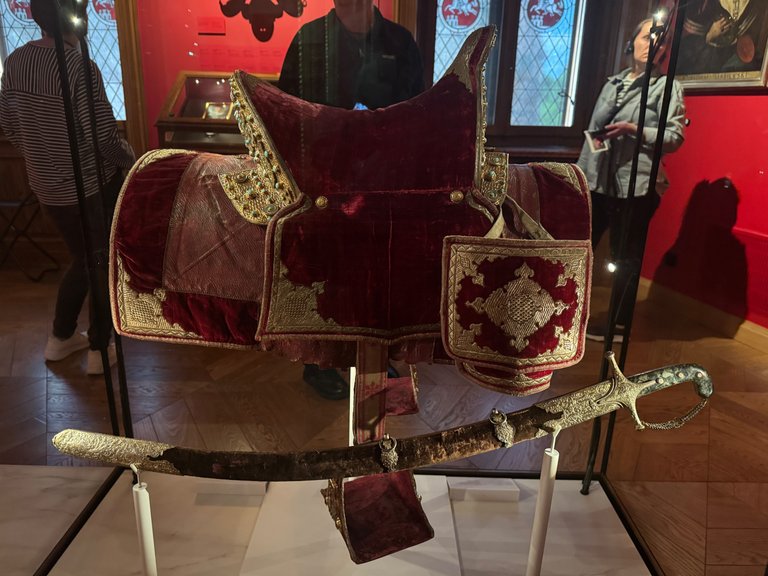
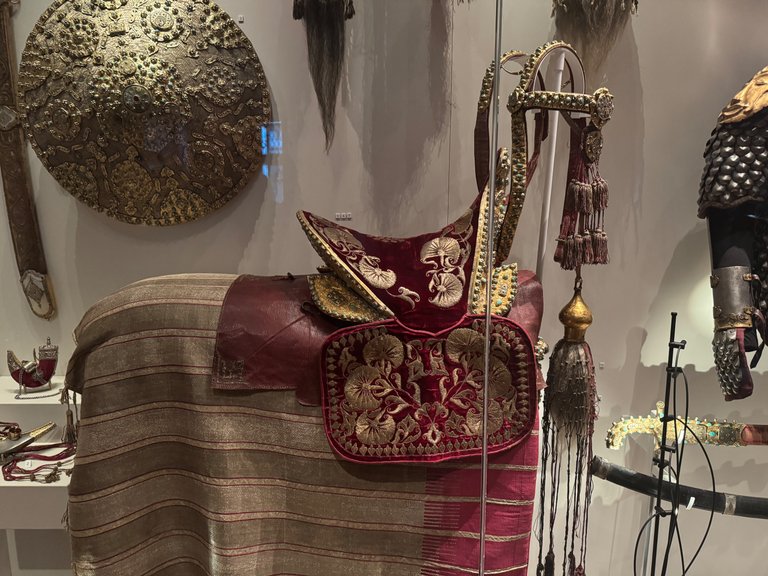
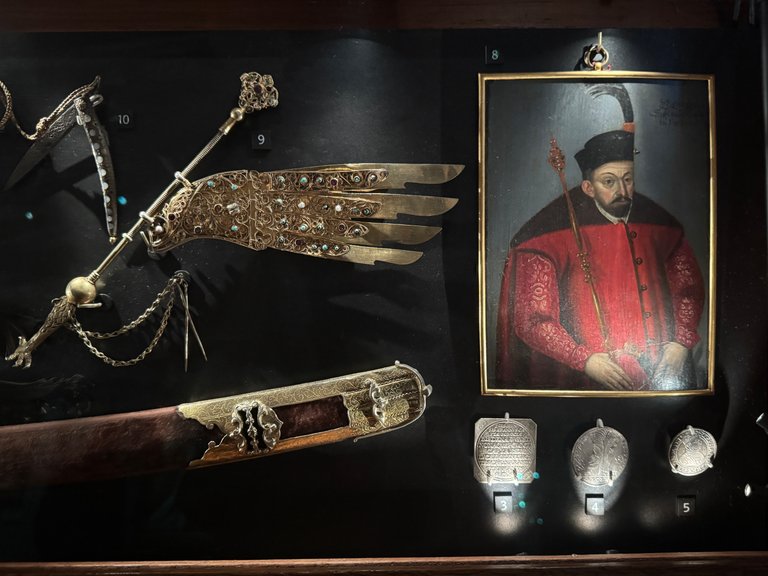
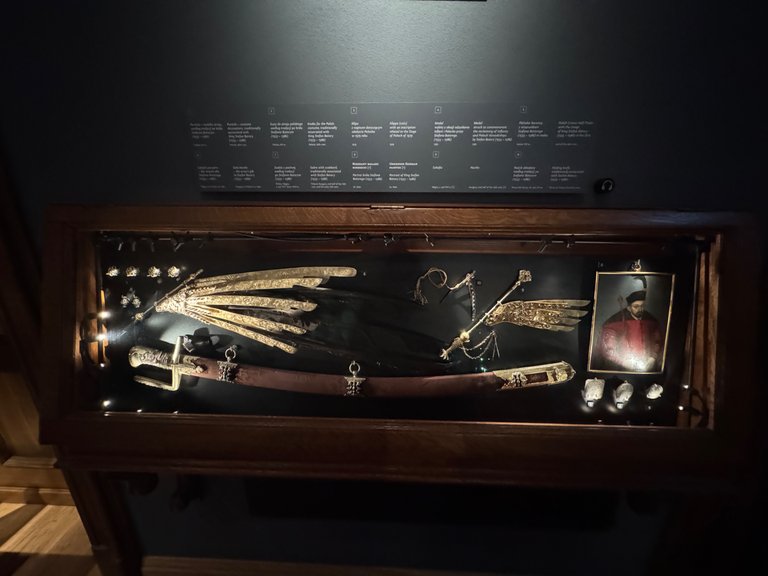


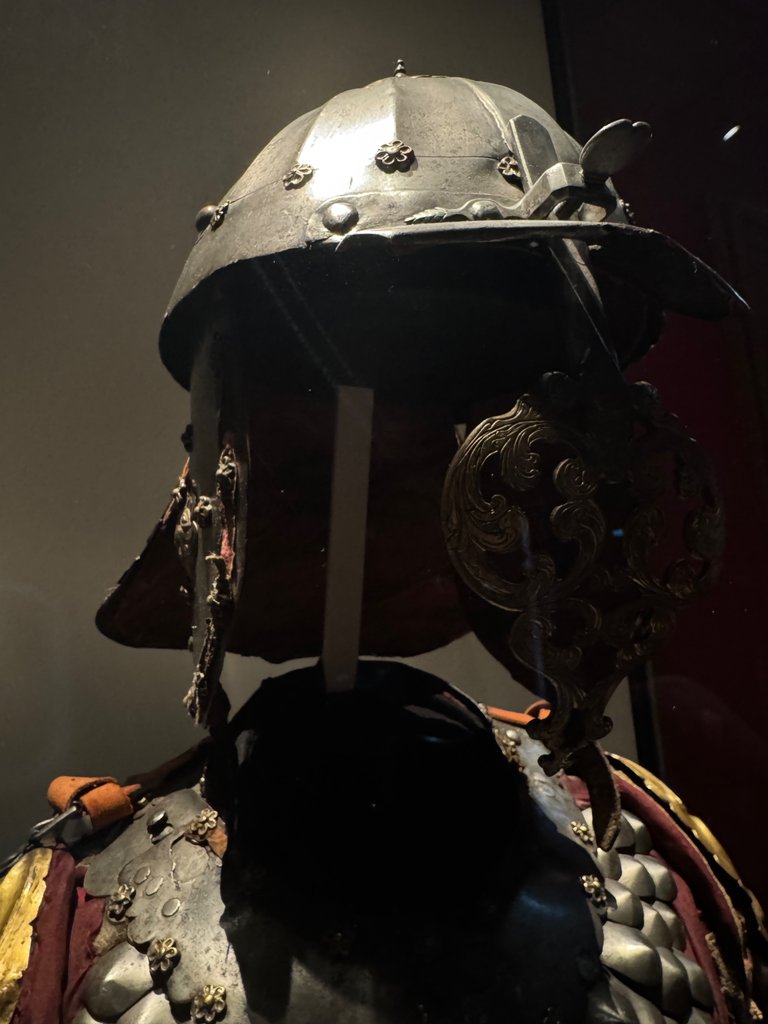
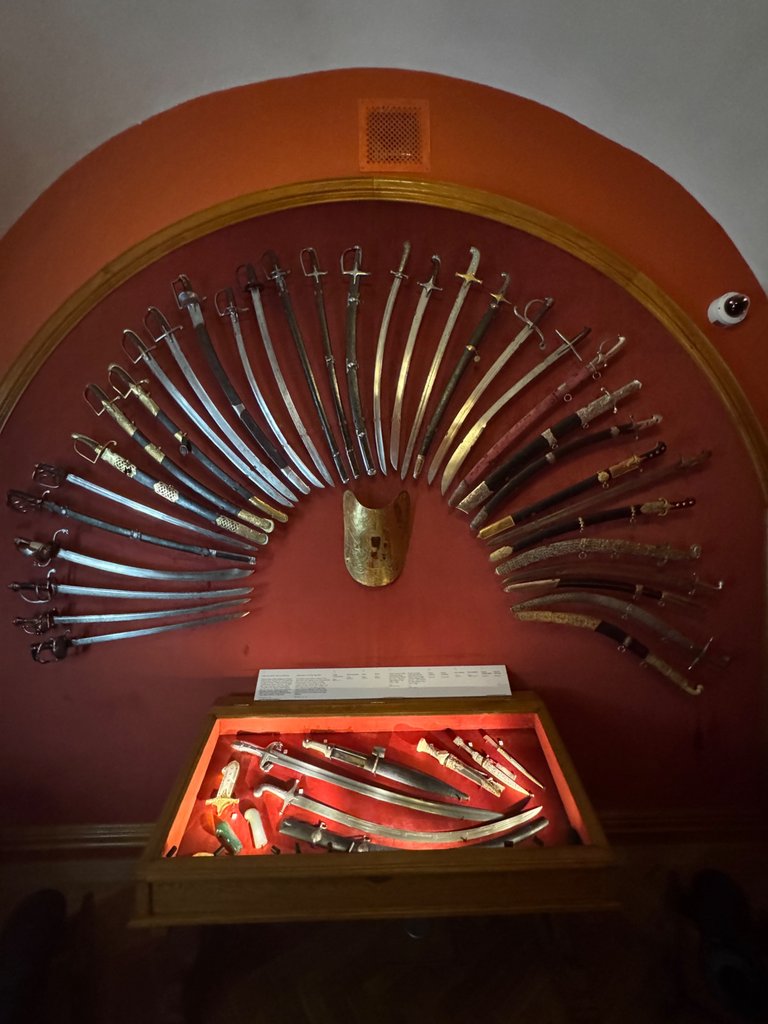
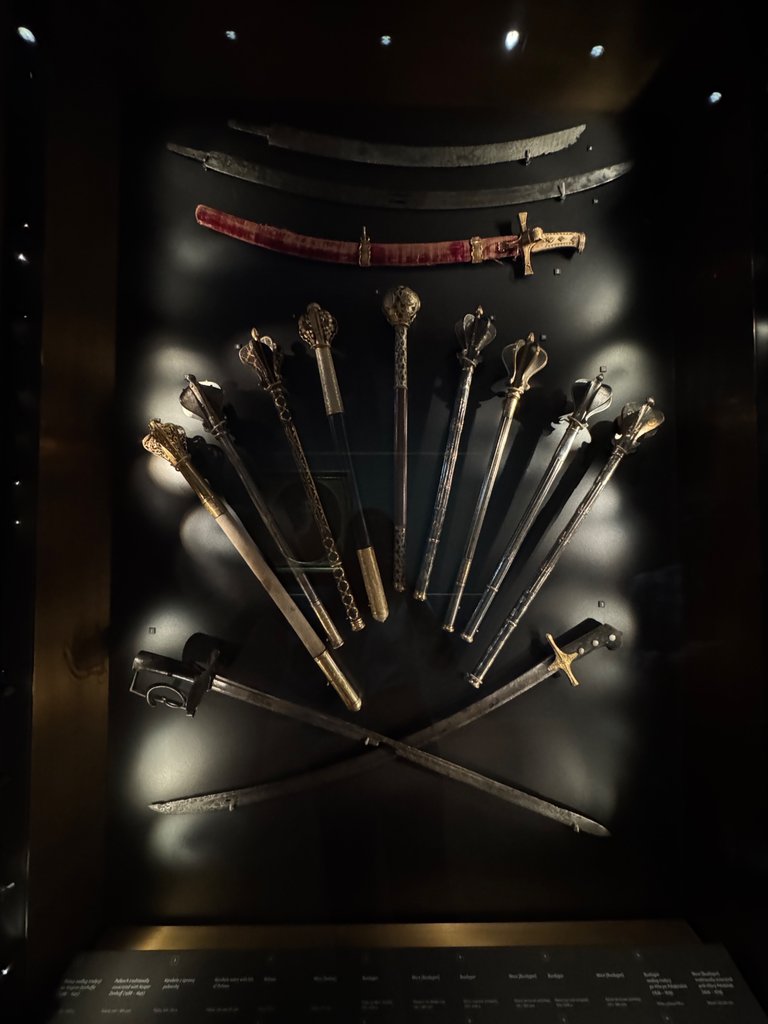
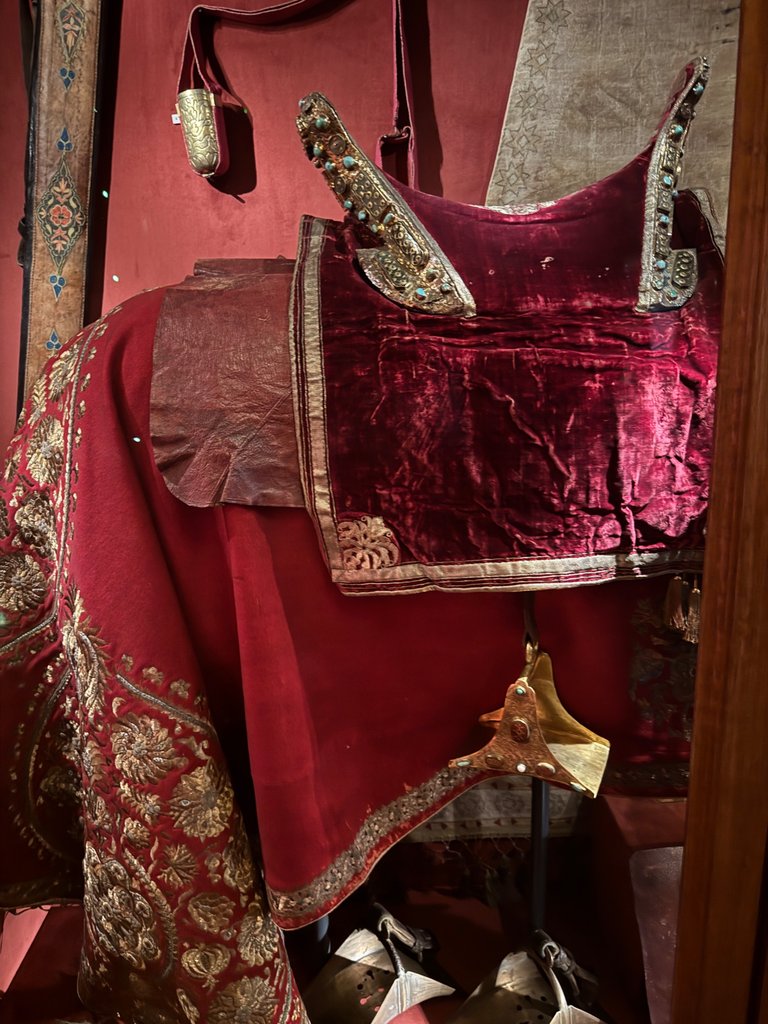
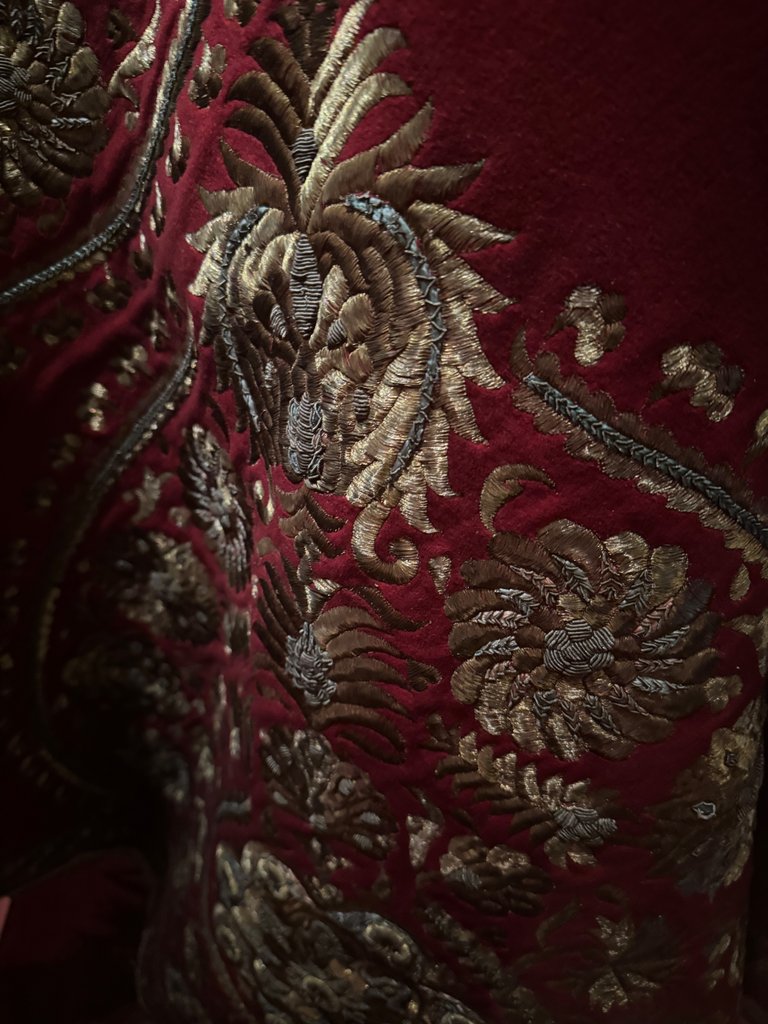
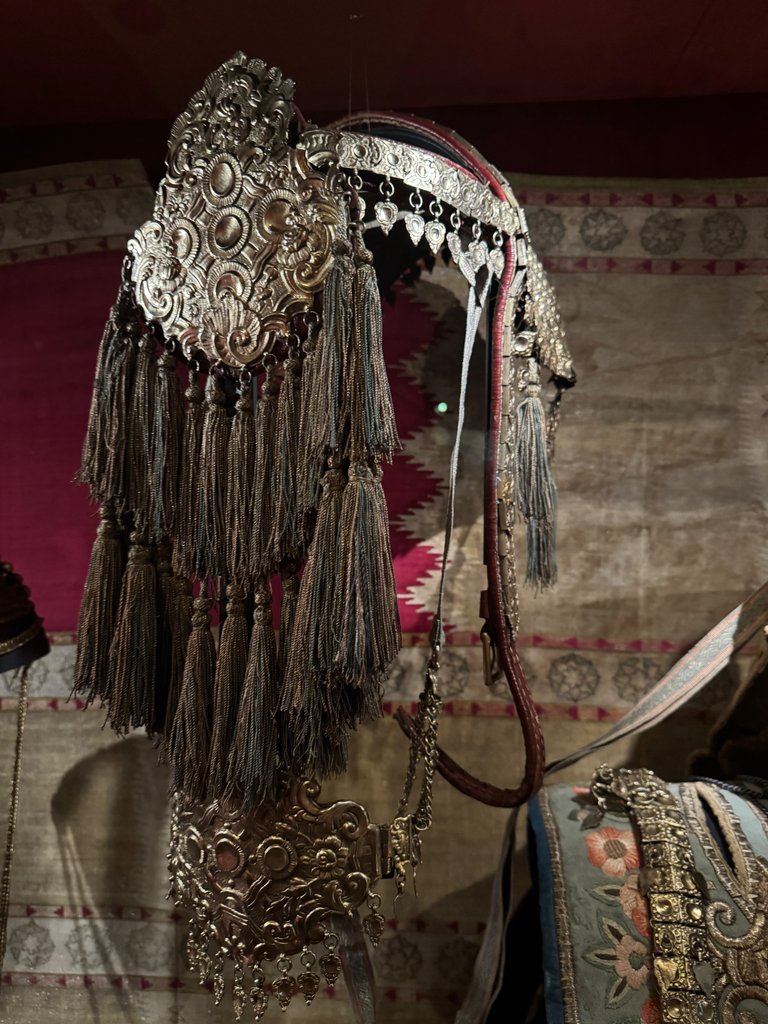
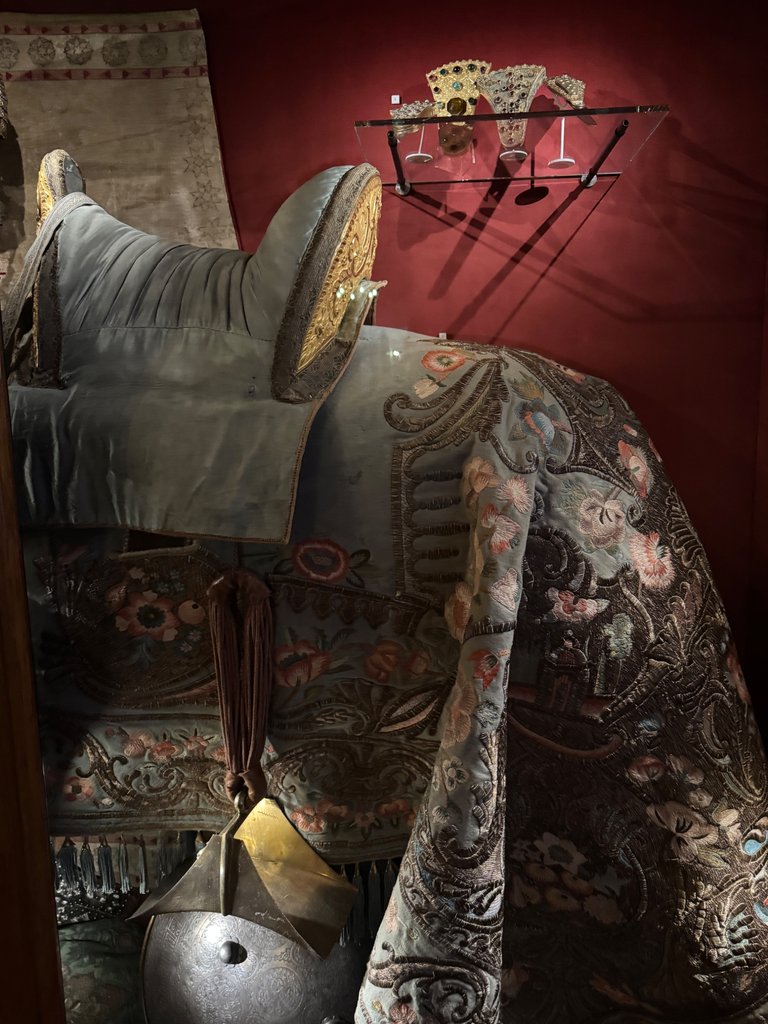

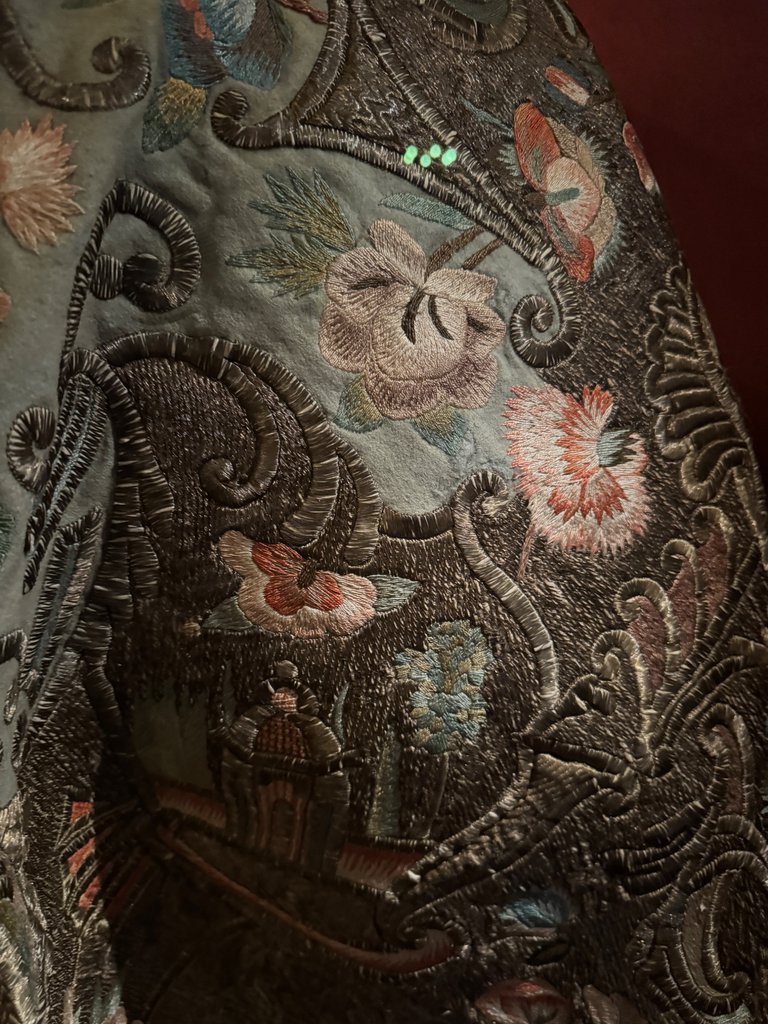
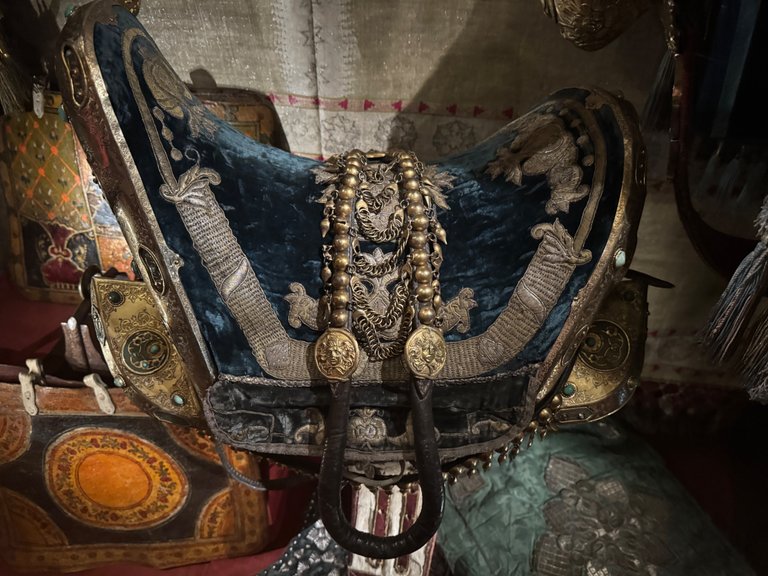

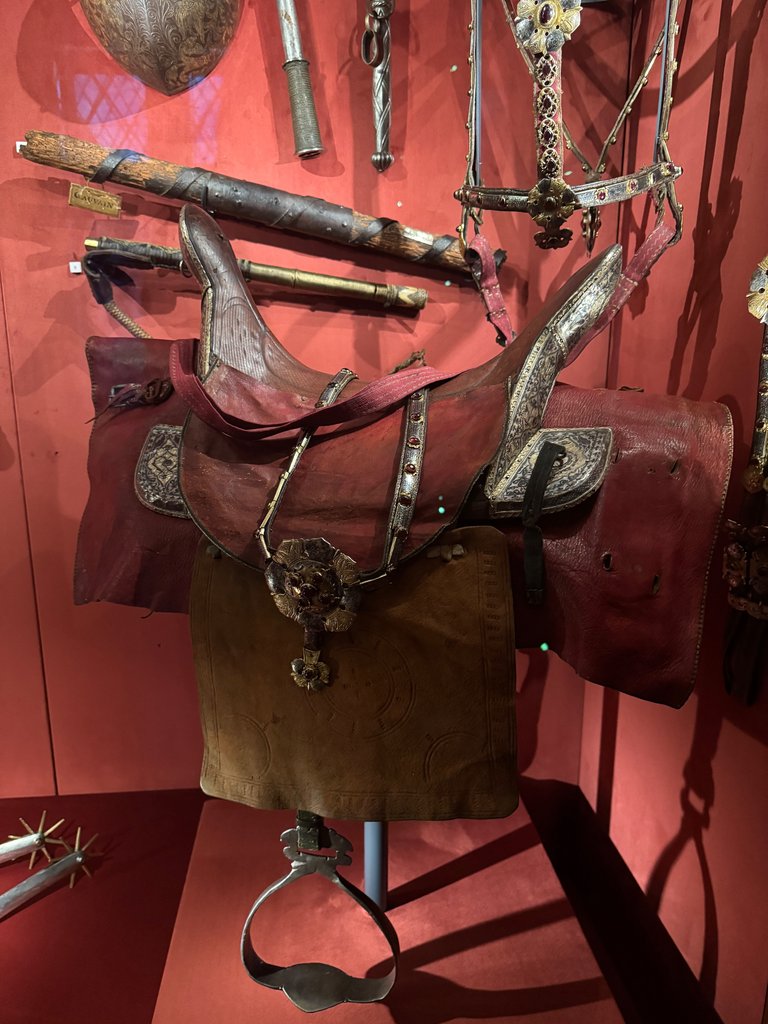

Is there a special name for the blanket underneath the saddle? They are beautifully embroidered. I imagine only the horse rode by the leader/King would get such an exquisite piece of item?
Thanks for the tour
Yes, in traditional terminology it’s called shabrack (simlair in Polish - czaprak) or caparison - the long one, like the blue one😊 in modern terms it’s just called saddle pad
Congratulations @foggymeadow! You have completed the following achievement on the Hive blockchain And have been rewarded with New badge(s)
Your next target is to reach 40000 upvotes.
You can view your badges on your board and compare yourself to others in the Ranking
If you no longer want to receive notifications, reply to this comment with the word
STOPCheck out our last posts:
Hello foggymeadow!
It's nice to let you know that your article won 🥉 place.
Your post is among the best articles voted 7 days ago by the @hive-lu | King Lucoin Curator by deepresearch
You and your curator receive 0.0000 Lu (Lucoin) investment token and a 4.30% share of the reward from Daily Report 656. Additionally, you can also receive a unique LUBROWN token for taking 3rd place. All you need to do is reblog this report of the day with your winnings.
Buy Lu on the Hive-Engine exchange | World of Lu created by @szejq
STOPor to resume write a wordSTART